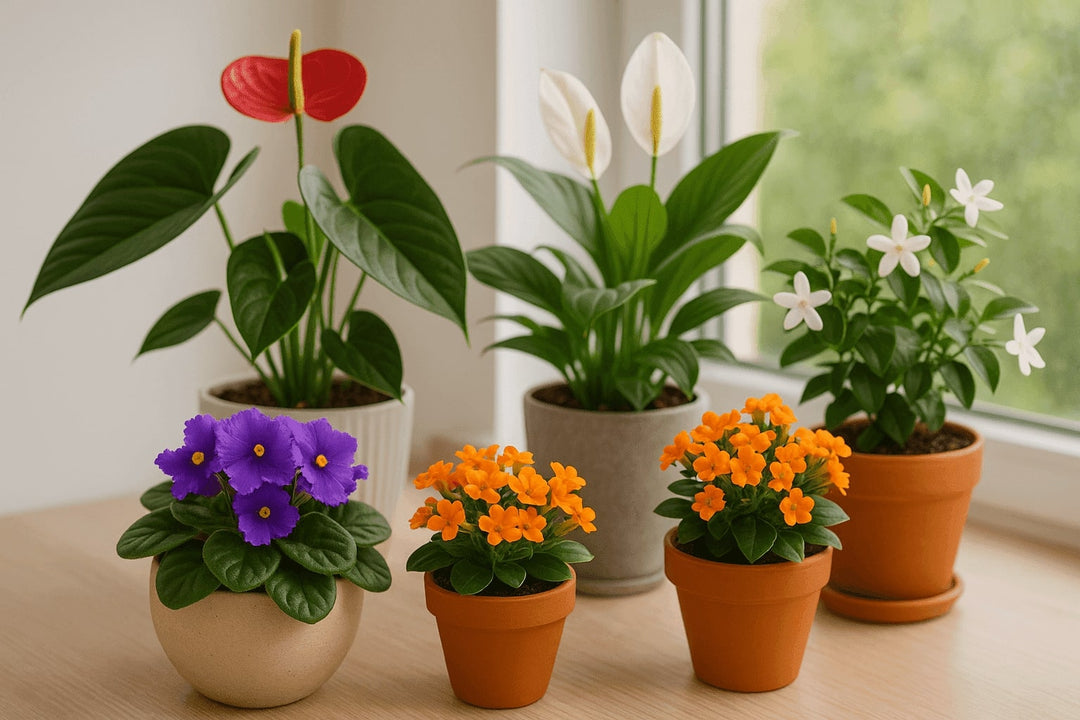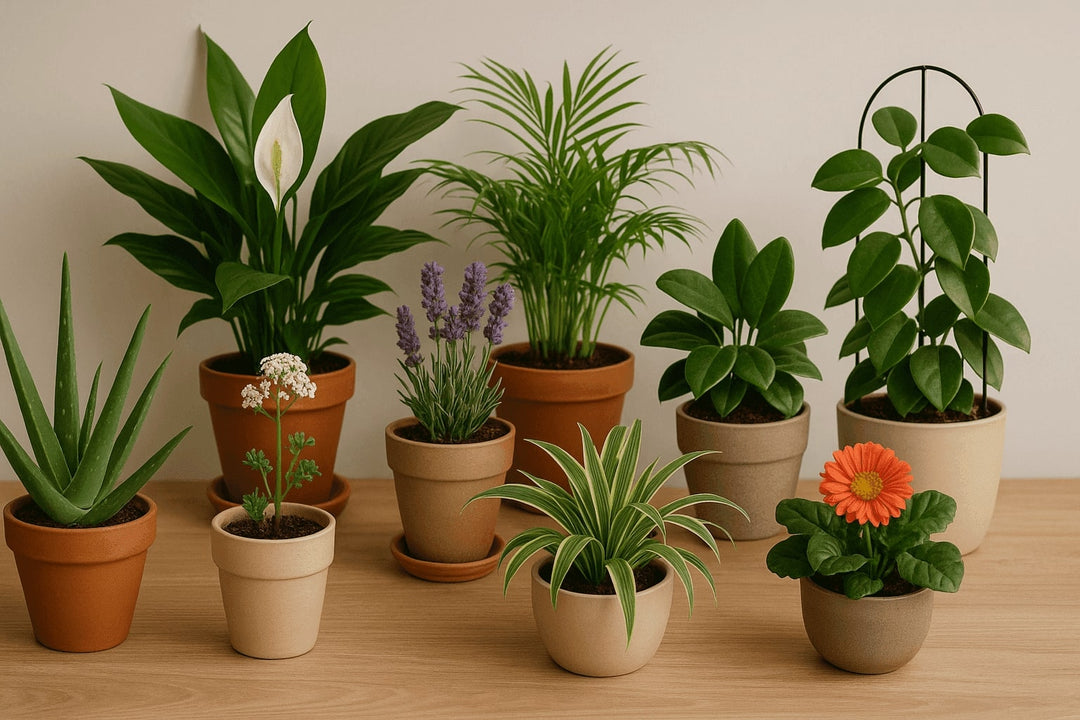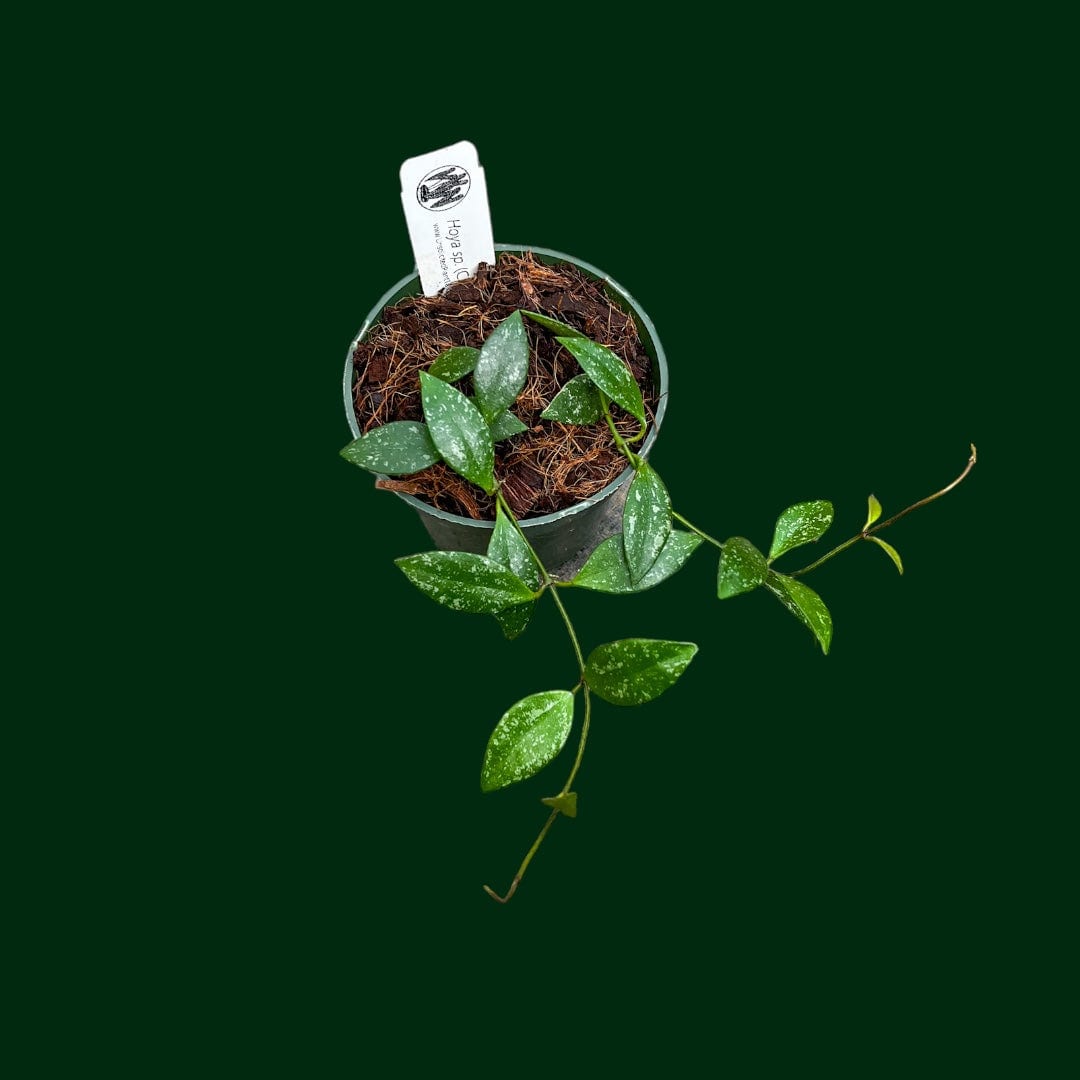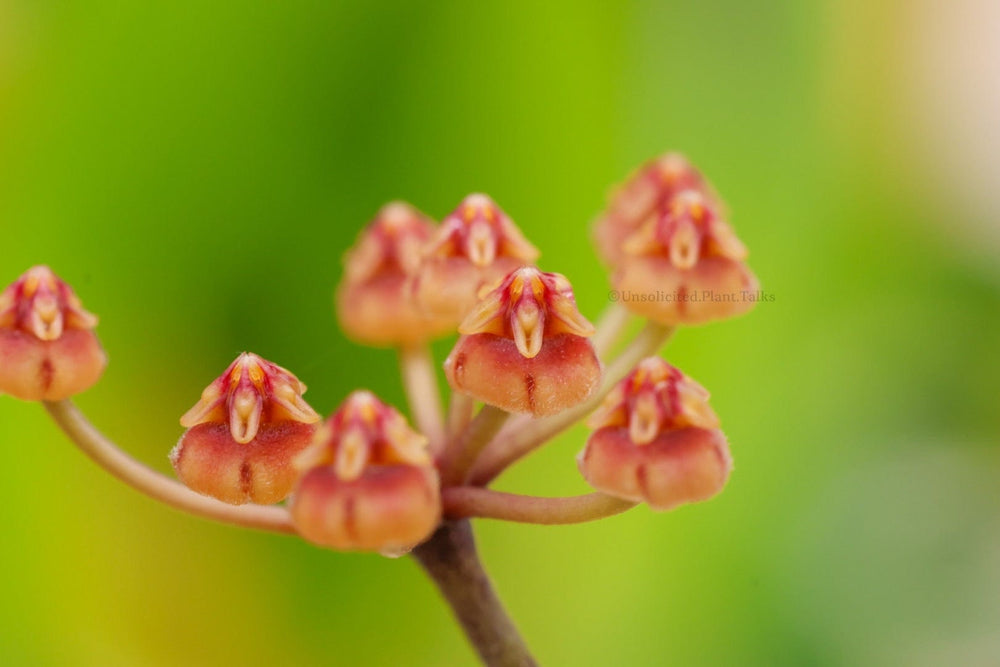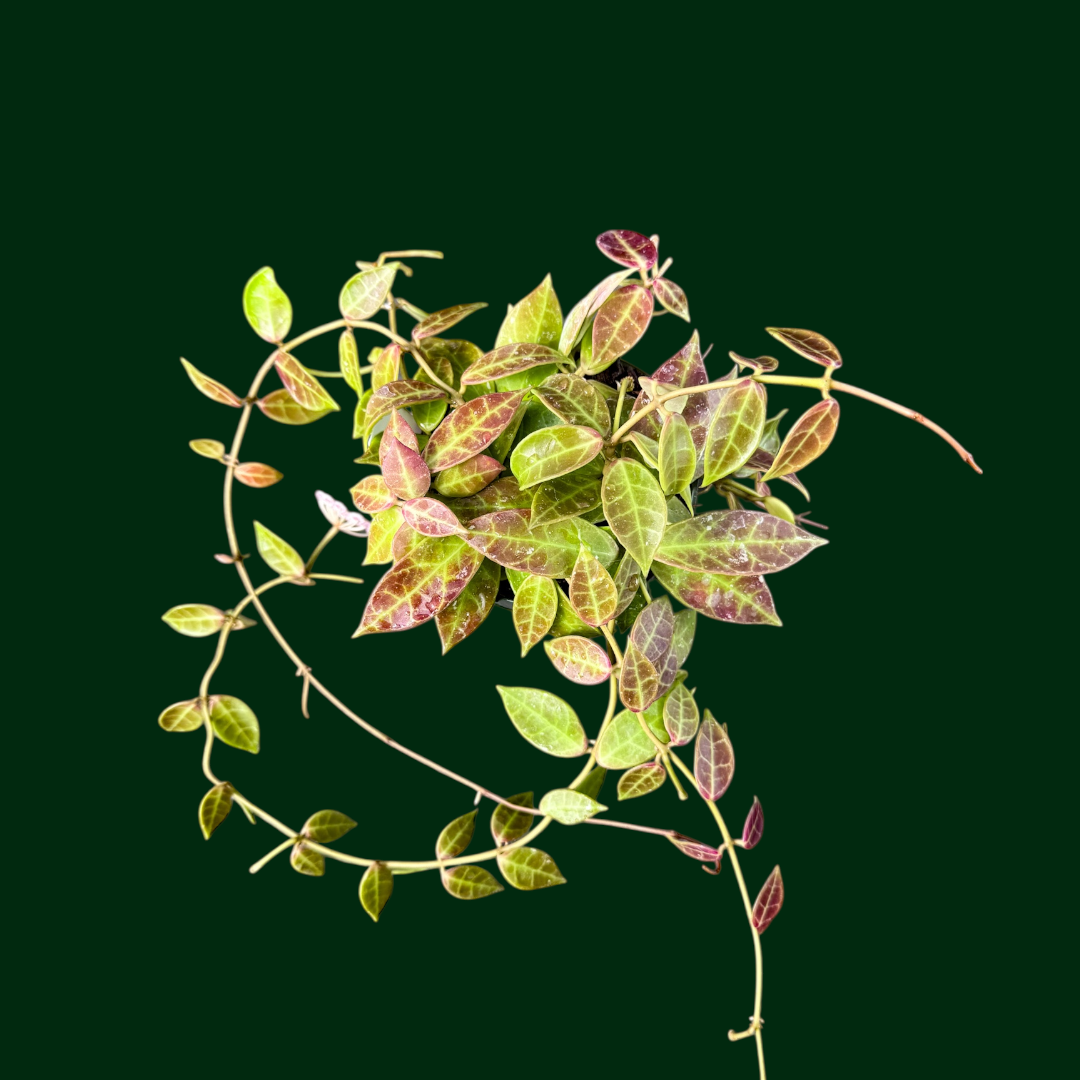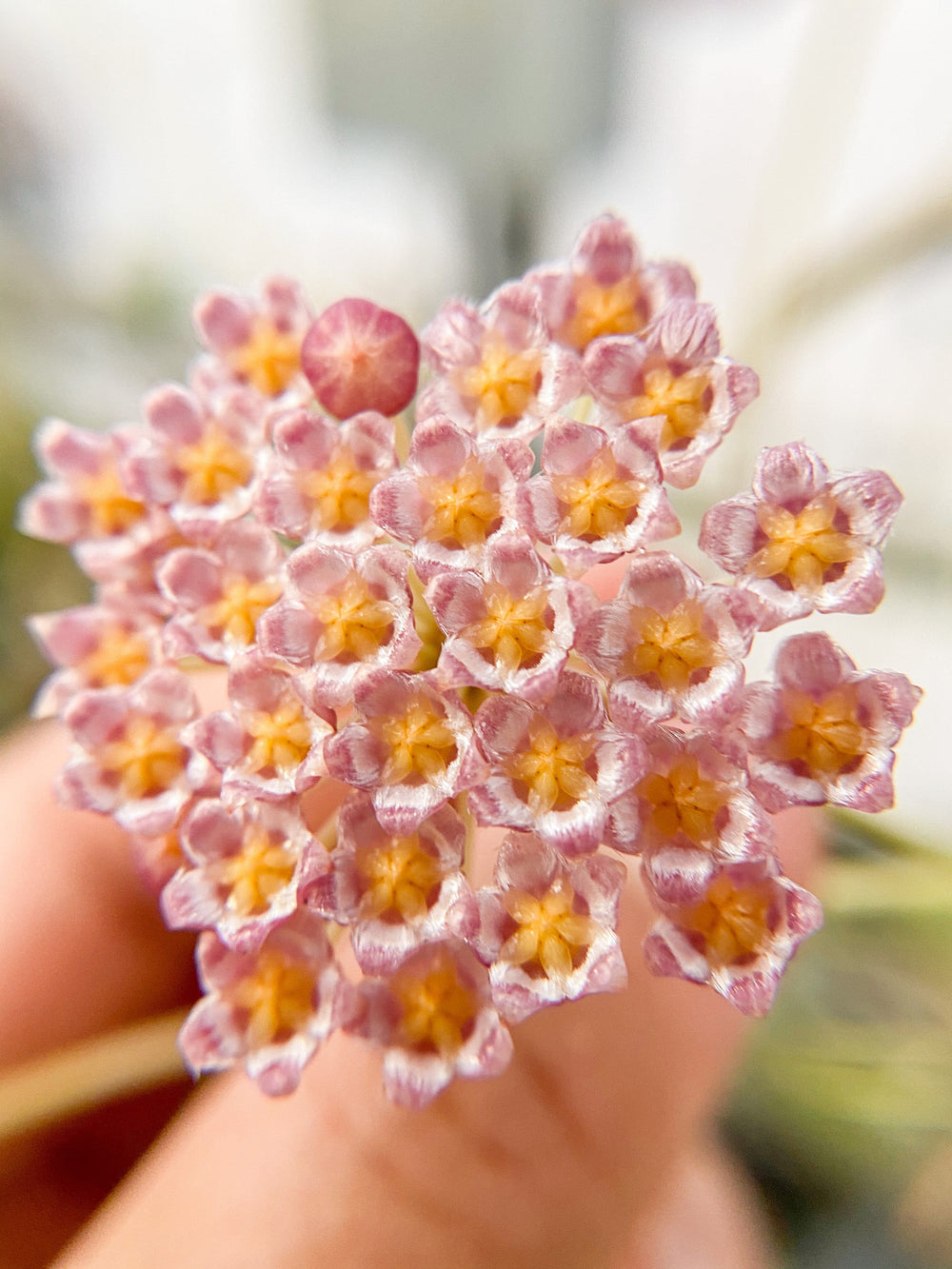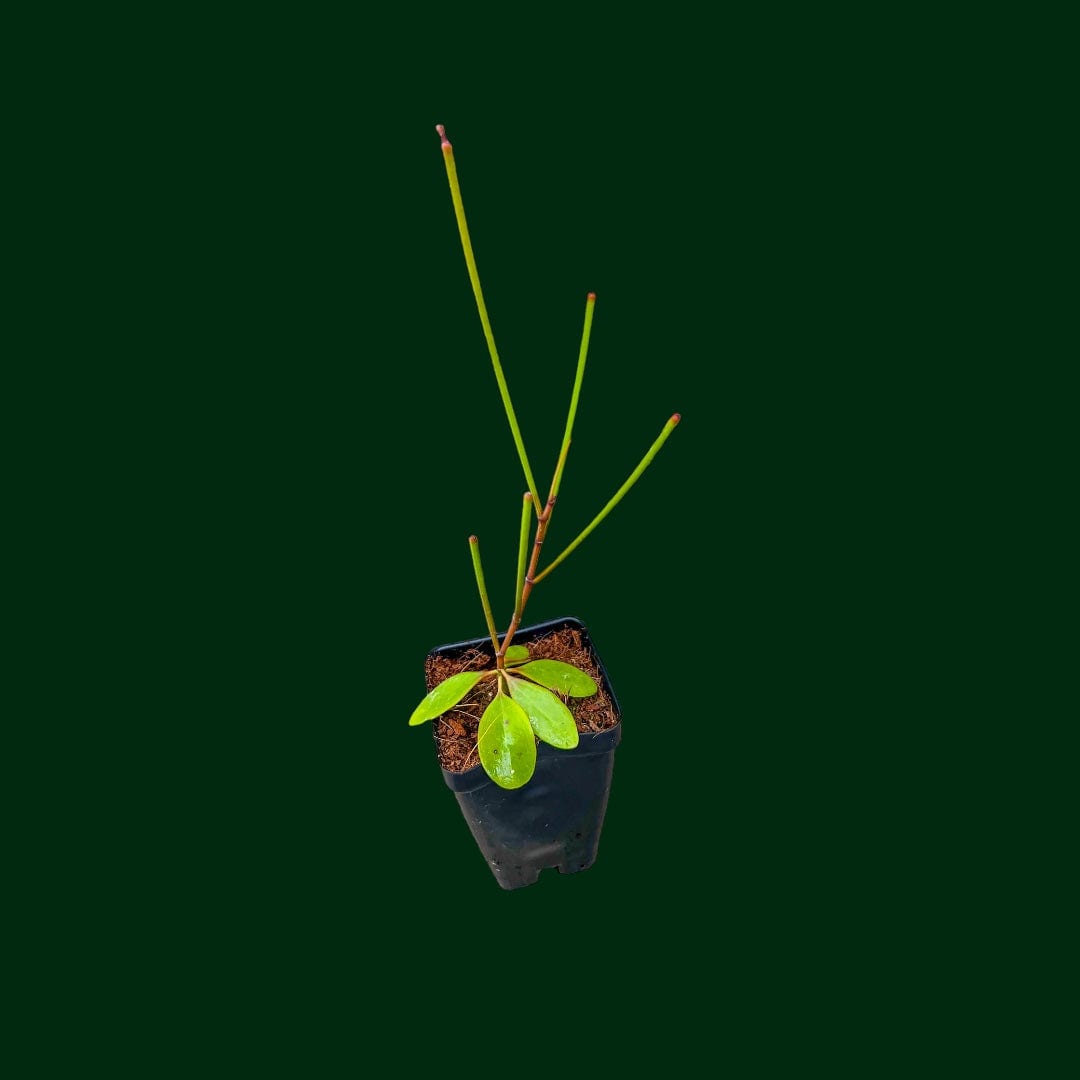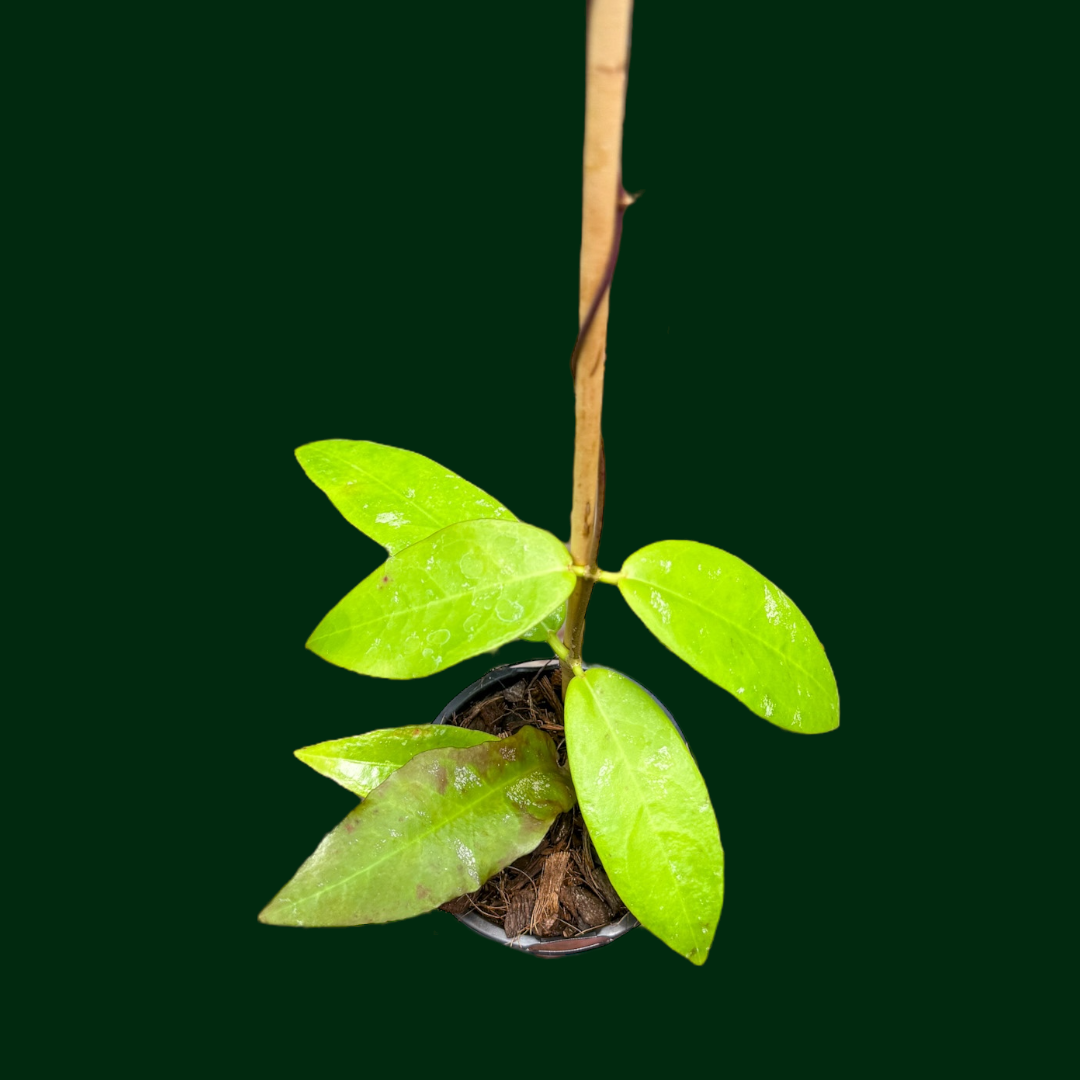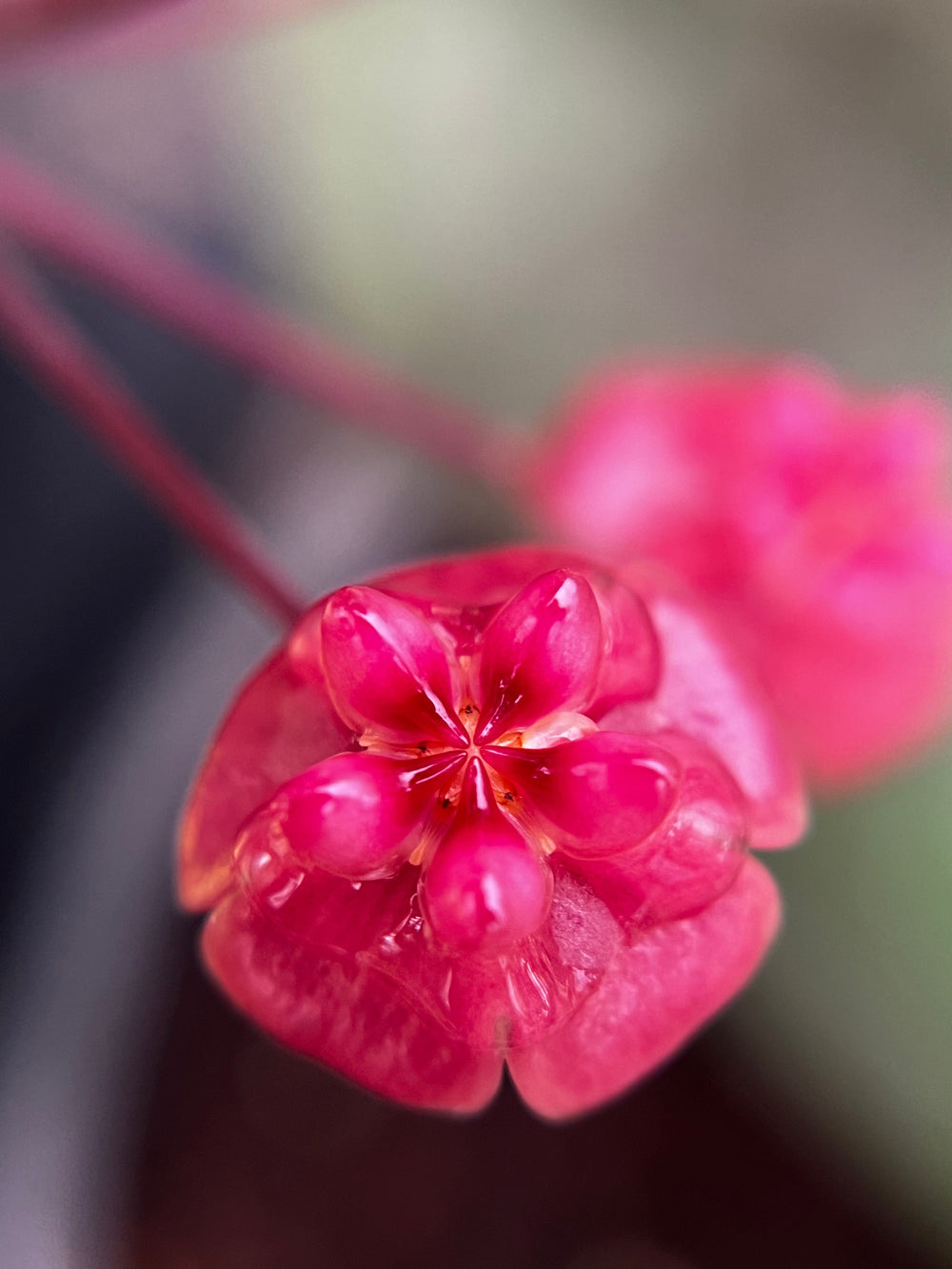How Much Light Does Hoya Need?
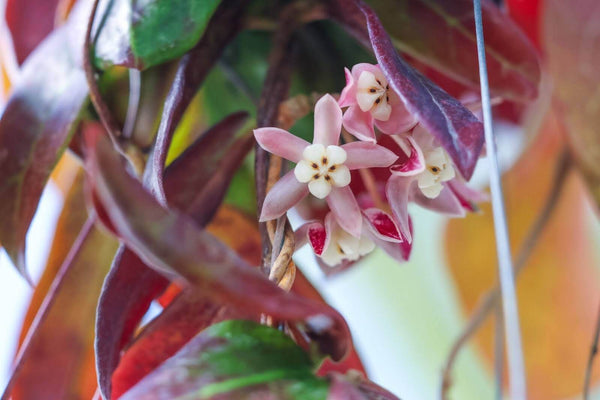
Table of Contents
- Perfect Light Conditions for Hoya
- Signs Your Hoya Needs More Light
- What Happens When Hoya Gets Too Much Light?
- Seasonal Adjustments in Light Requirements
- Hoya Light Requirements – Final Thoughts
If you’re here, you probably know one of the most elementary facts about Hoyas - most of them are tropical plants. This means that, like many stunning plants that originate in the lush jungle forests, Hoyas prefer indirect sunlight.
What does it mean for your own collection at home? How much light does Hoya need to thrive, and what can happen if it gets showered with too much sun?
This is what we’re answering in this article! Stick around to learn all about Hoya light requirements from us – Hoya's biggest admirers and experienced breeders.
Perfect Light Conditions for Hoya
In their natural habitat, Hoyas are quite the adventurers. Many Hoya species are epiphytic, which means they happily grow on other plants, climbing trees and trailing along branches without being parasitic. This lifestyle allows them to soak up the bright, indirect light that sneaks through the treetops.
Others might settle in more terrestrial or lithophytic niches, rooting in the cracks of rocks or on the forest floor, where sunlight is a rare but cherished guest through the green canopy.
All this goes to say that filtered light, as opposed to the direct blaze of the sun, is where Hoyas thrive.
What are some of the light conditions recommendations to keep in mind when you take care of a Hoya plant?

Hoya Light Requirements
- Bright, indirect light. Although Hoyas are not plants that appreciate being exposed to direct sunlight, they do need bright light to grow. We recommend placing your Hoya near windows, especially those that receive filtered sunlight (for example, windows facing north or east).
- Avoid total shade. Your plants will benefit from a well-lit environment. Don’t put a Hoya in the dark corner of a room, far away from a light source. This may hinder the plant’s growth and worsen its condition.
- Provide shade or light filtering system. If a Hoya sits too close to a window, which makes it exposed to direct sunlight, it’s a good idea to provide it with shade. You can use a sheer curtain or roller shutter to block some of the light coming through.
- Artificial light. If you don’t have access to enough natural light, you may use fluorescent lights or grow lights. The important bit is to ensure the plant receives a full-spectrum light, which carries both red and blue wavelengths.
- Ensure consistency. It's all about mimicking natural light patterns, so aim for about 12-14 hours of light a day, and then let your Hoya rest in darkness, much like the natural day-night cycle.
- Watch for signs and adjust. Your Hoya will tell you how it's feeling about the light situation. If it's reaching or straining toward the light, it might not be getting enough. On the flip side, if the leaves start to look a bit sunburned or faded, it might be getting too much direct sunlight. Adjust its position as needed, moving it closer to or further from the light source until you find that sweet spot.
As you can see, Hoyas don’t come with a list of complicated light requirements. These plants are known and loved for their easy upkeep, and all they need to grow and bloom is indirect, bright light, some water, and an owner who knows how to recognize the signs of sunburn or light deficiency.
What are those signs?
Signs Your Hoya Needs More Light
Slow or Stunted Growth
If your Hoya is growing slower than a snail on a leisurely stroll, it might be telling you it needs more light. Hoyas love to grow and flourish, but they need sufficient light to do so. If you notice its growth has hit a pause, it might be time to reassess its lighting situation.
Leaves Turning Yellow or Pale
The vibrant green that is characteristic of many Hoya species is powered by light, and without enough of it, your Hoya's leaves can lose their luscious color.
Leggy Stems and Sparse Leaves
Picture a Hoya with long, spindly stems stretching out like they're searching for something. That something is light! If your plant is getting leggy, with more space between leaves than is considered normal for a particular species, it's a sign it's straining towards any light it can find.
Lack of Flowering
Another common symptom of light deprivation is lack of flowering. Adequate lighting is a key ingredient in the recipe for Hoya blooms, so if you're missing out on flowers, it's time to let a little more sunshine in.
If any or all of these symptoms sound familiar, it’s a good idea to reassess the situation and add more light to the mix!
What Happens When Hoya Gets Too Much Light?
We can assure you that some things ring true in all aspects of life, including the Hoyas’ colorful world. And so, the same way our skin gets sunburned when we forget our sunscreen or spend too much time in the sun, this can happen to your plants too.
What are the symptoms of Hoya receiving too much direct light?
Sunburned Leaves
If your Hoya's leaves start to show brown or reddish, crispy spots or patches, it's a sign they've had a bit too much direct sunlight. These spots are the plant's equivalent of a sunburn, where the intense light has damaged the leaf tissue. Of course, you may aim for that exact effect due to aesthetic reasons, which is something we call sunstressing.

Fading or Bleached Leaves
Another sign your Hoya is getting too much light is when its beautiful green leaves start to fade or look bleached. Instead of a vibrant green, the leaves may appear washed out or have white or yellow patches.
Wilting or Drooping
You might think, "It's sunny, why is my Hoya drooping?" Too much of a good thing (like sunlight) can lead to water loss and heat stress, causing your Hoya to wilt or droop.
Stunted Growth or Leaf Drop
Just like us, extreme conditions can stress Hoyas out. If exposed to too much light, they might stop growing or even start dropping leaves as a defense mechanism to reduce water loss and sun exposure.
All of this goes to show that too much or too little light doesn’t do your Hoya any favors. Now you have a better idea of what to look out for so you can counteract and give your plant just enough light and love to grow.
Seasonal Adjustments in Light Requirements
What about different seasons? How to tackle seasonal adjustments in your home Hoya garden? Just like us, Hoyas can feel the change in seasons, and their lighting needs can shift as well.
Summer
During the brighter, longer days of summer, you might need to pull your Hoya back from a window to avoid too much direct sunlight.

Winter
In winter, when days are shorter and darker, moving it closer to the light source is the right move. This time of the year, keeping your Hoya near south-facing windows can be a reliable strategy. Just be careful about too much exposure to direct sunlight.
Keep an eye on the natural light in your home as the seasons change and adjust your Hoya's position accordingly.
Friendly tip! Acclimation is key. If you're moving your Hoya to a significantly brighter spot, do it gradually. A sudden change from low light to bright conditions can stress your plant.
Start by moving it closer to its new spot for a few hours each day, gradually increasing its exposure over a week or two. This gentle transition helps your Hoya adjust without going into shock.
Hoya Light Requirements – Final Thoughts
Hoya plants need indirect, bright sunlight to grow and bloom. They won’t feel good in dark corners of your house, but putting them directly in the path of the sun is also not the greatest approach.
Keep your eyes open for signs that your plant receives too much or too little light. Adjust its position to the seasons and changing light conditions outside.
With a bit of care and attention to its lighting needs, your Hoya will continue to grow lush and vibrant.
Be sure to check our Hoya Plant Care Guide to find all the valuable tips for keeping your Hoya happy and healthy! Meanwhile, see you next time.



